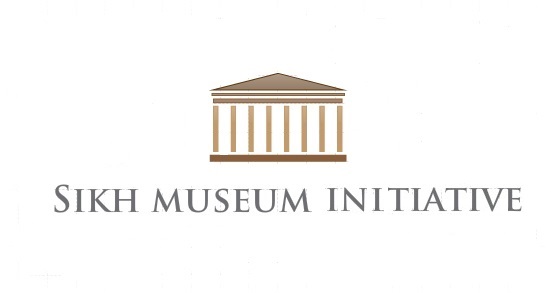Sikh Heritage is not lost just Misplaced
Review of The Sikh Heritage Beyond Borders by Dalvir Singh Pannu
Dalvir Singh Pannu, a dental practitioner by trade delivers a book rich with history that connects the Panjab of Pakistan with the diaspora of today.
Now available at Amazon UK

Some will look at the state of some Gurdwaras, Haveli’s and other structures of the Sikh faith and be despondent however there is something much deeper which can be gleaned from the comparison of Sikh heritage in India compared with Pakistan. Whereas India has had ample opportunity to preserve the rich heritage however has not taken the opportunity to do so. There has been a campaign of whitewashing of many Gurdwaras and as a result the destruction of many frescoes and paintings which in some cases deliberately, where there may be Indic themes blended with Sikh themes. So keeping this in mind Sikh Heritage Beyond Borders traverses the reader into a past which to some extent still exists, yes the frescoes and portraits are damaged but they have the potential to be conserved, treated and recreated. Additionally, digital technologies can also help to recreate the paintings and structures something which the Pakistan authorities need to take note of.
The book is an illustrated history of Sikh Shrines in Pakistan and it enhances the reader’s knowledge by taking a ‘Janamsakhi’ centric approach. The use of several hagiographic accounts is liberally quoted to elucidate the importance of the Gurdwaras. However this is aided with many texts which scholars to date only use sparsely this includes Sikhan Di Bhagatmala, Guru Kian Sakhian, Ad Sakhian, Bansavlinama Dasan Patshahian Ka as well as British accounts. The author needs to be commended for using these sources. The author breaks down the Sikh Heritage in several areas of Pakistan namely Nankhana Sahib, Sheikpura, Sialkot, Kasur, Lahore and Narowal. Whilst there are familiar Gurdwaras in the manuscript which appeal to the traditional (Gurdwara Janam Asthan-Nankhana Sahib, Gurdwara Darbar Sahib-Kartarpur Sahib and places related to the Guru’s) there are many places of Sikh heritage which are brought to the reader’s attention. This includes the Smadh of Akali Natha Singh at Gurdwara Baba Di Ber, rescue site of horses by Baba Bidhi Chand (a Sikh Warrior within Guru Hargobind’s army), the location /Haveli possibly related to Nawab Kapur Singh (Head of the Sikh Panth and Singhpuria Misl) at Kaloke Virkan and nicely described is the village of Ahlu, the birthplace of Jassa Singh Ahluwalia (Sultan-e-Quam).
Many of the places discussed are at Lahore and rightly so, where many devout Sikhs were Shaheed and embraced the nectar of martyrdom during the turbulent time of the early eighteenth century. The Shaheeds are represented at the Gurdwaras of Bhai Mani Singh, Bhai Taru Singh, and others. However, Gurdwara Shahid Ganj (Singh Singhnian) was used as a dump of Sikh heads massacred all over Panjab and this location deserves better focus and historical narration in the text.
The ascendancy of Sikh domination in Pakistan is revealed through the contribution of the Bhangi Misl and Maharajah Ranjit Singh who through his Sikh empire attached importance and resources for the upkeep of the Gurdwaras. However it should be noted that the Buddha Dal and Taruna Dal held many of the places of Sikh worship at one time, something which is not discussed in large detail in the text, this obviously negated by the heredity tradition or Mahants who became custodians of Gurdwaras.
The author states he has a number of structures and Gurdwaras which he has additionally researched and it is hoped that in an additional volume these are covered. Most notable would be other locations related to the Sikh Misls like Gujranwala together with locations related to Hari Singh Nalwa, and Akali Phula Singh etc. It is definitely a highly detailed volume that should be with read with care and patience and overall it enriches our historical link with our Sikh past, which essentially is not lost just misplaced.
Gurinder Singh Mann
Historian and head of the Sikh Museum Initiative
www.anglosikhmuseum.com
